We’ve been living in a virtually Coronavirus free region for the last three months but for reasons described at the end of my last blog, it is time to go home, where, despite the rampant contagion, it will be great to see our families and friends.
Should you ever have the pleasure of driving, in the winter, from the south of France to Dieppe in the north, and you want to avoid the the snowy alps or do not have snow chains or winter tyres, I highly recommend this route that Jo worked out, primarily on D roads through a succession of National Parks and medieval villages – a beautiful journey.
We covered the 1,654 miles from Stoupa, the southern Peloponnese, Greece to East Sussex, England in a leisurely 13 days. It’s winter and there are Coronavirus pandemic movement restrictions in place. So, except for a few notable exceptions, we drove on traffic free roads (like driving on English A roads in the 1970s), through an eerie pandemic wilderness.
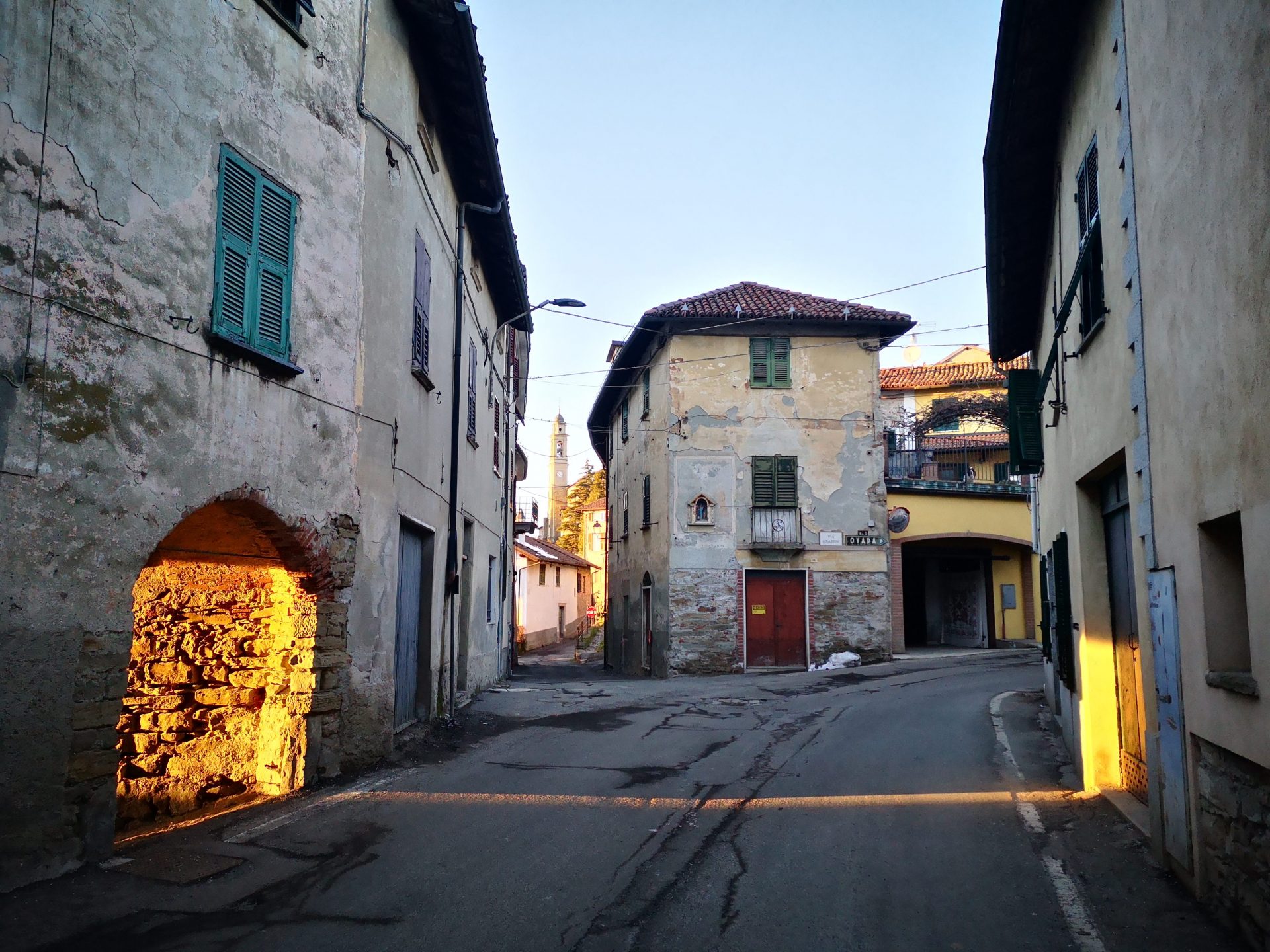
We have our Coronavirus paperwork; an Italian Coronavirus Free declaration and a similar French one. We drive three hours north to the Patras ferry terminal. Before heading into the embarkation car park, we buy our tickets and have lunch in the van where we are entertained for an hour watching young refugees playing cat and mouse with the border police. Some of these young guys are equipped with walkie talkies and they attempt, with little success, to get into or under truck trailers. The cops cruise around in blue flashing cars or on motorbikes. They close in on the migrants and walk casually after them but they’re not interested in arrests – just scaring them off.
We board the brand new Superfast XI ferry for the 24 hour overnight crossing to Ancona, Italy. We have dinner in the restaurant – eating out, a rare treat – after which we watch the kitchen staff strap up the doors to the glass fronted drinks fridges. It’s going to be a rough crossing. Before retiring to our cabin I take a quick turn on the windswept deck and then walk around the ship. There are perhaps twenty truck drivers on board, even fewer passengers like us, and only a skeleton crew. They’ve all gone to bed. The Superfast XI is like a sci fi, silent, empty, deep space, spacecraft, millions of miles from earth. It’s slightly weird, and a bit unnerving. In the early hours of the morning the storm in the Adriatic Sea is at its peak – it’s a powerful “Jugo” wind from the south east gusting up to 60 mph. In bed I corkscrew, roll, bounce and judder through the worst of it – fortunately to no ill effect. Jo sleeps through the whole thing.
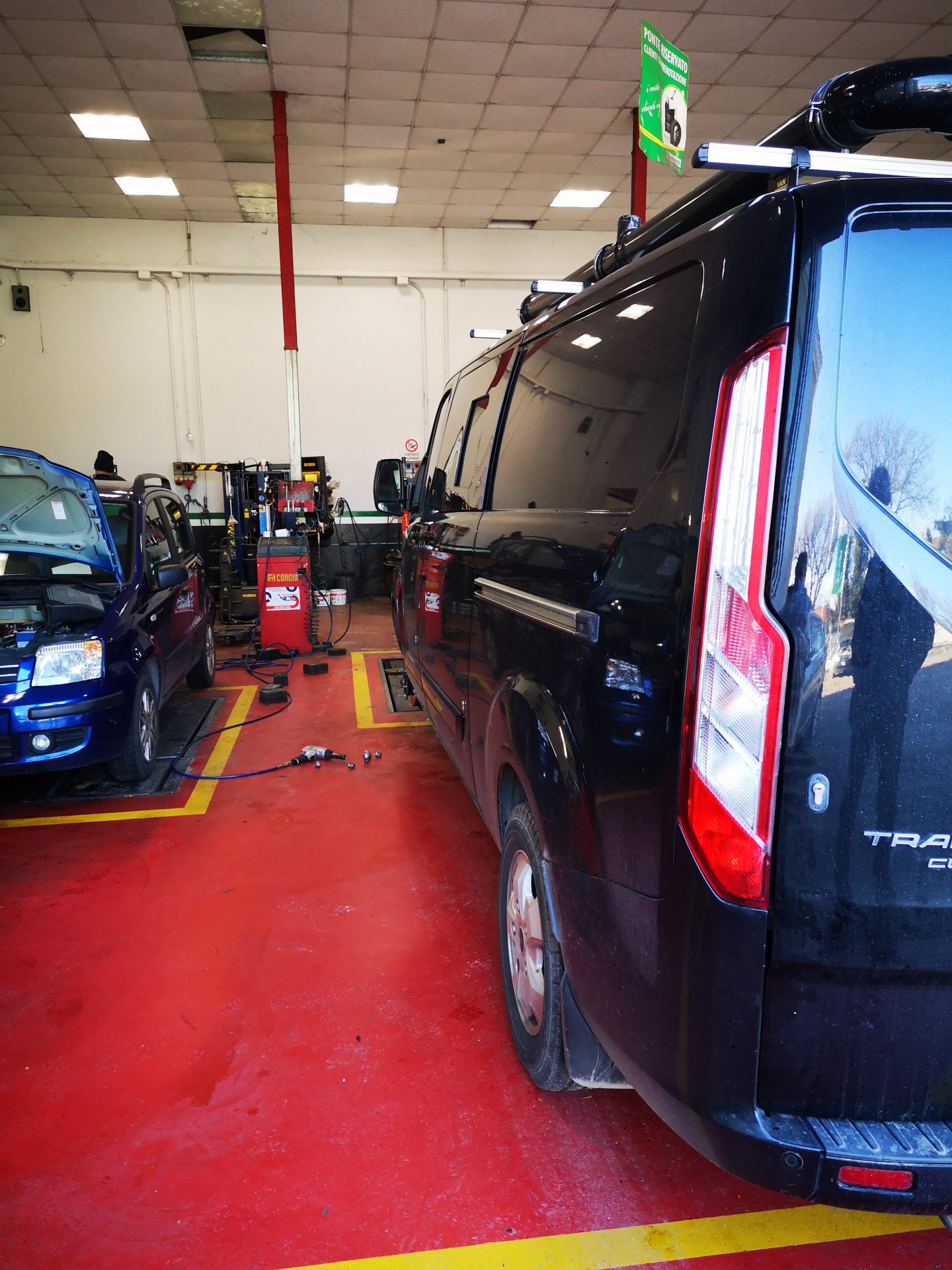

We arrive late in Ancona, with only enough time to find an acceptable parking location for the night, which means getting away from the port. On a long, busy coast road through a bleak industrial area Jo says that there’s something wrong with the van. She says there’s a steady clunk clunk sound coming from the front nearside. I can’t hear anything so I’m unreasonably dismissive of what she’s telling me. She insists there’s something wrong. We’re travelling at about 50mph and I definitely can’t hear it. In the dense traffic we slow down to about 30mph and yes, there it is; clunk clunk clunk. Half an hour inland we find an OK car park where a quick examination of the front offside tyre reveals a big grey bolt embedded in the centre of the tread. It just needs to stay there until we get to a garage, which it does. First thing next morning we’re at a Euromaster garage where the tyre is repaired for a mere €20. Then it’s a sprint across Italy over two days to Monaco via Genoa and Sanremo. We stick to the decent toll roads which are mostly two lane highways with mile after mile of nose to tail container lorries often occupying both lanes, sometimes two lanes at once. It’s hard work. After the Italian French border we’re still on the highway but the freight trucks have strangely evaporated and we’re surrounded by the delightful hills of the Cote d’Azur in Riviera sunshine.

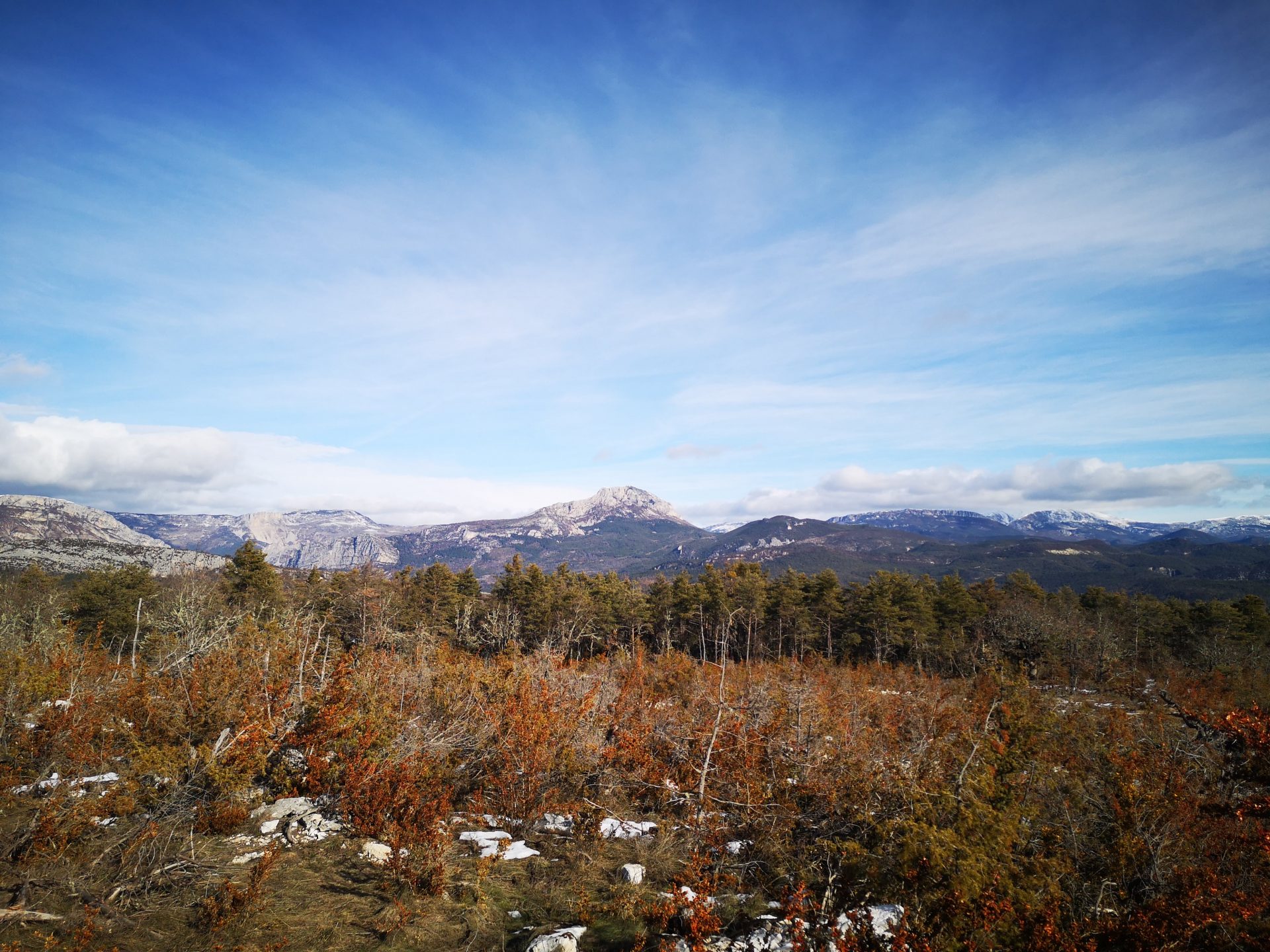
The journey through France is really in two parts; slow with pleasant weather in the south and central regions, followed by a dash through cold, wet and windy weather in the north. But consistent throughout are great wild camping sites, fine wines and first class boulangeries for those daily fresh baguettes, chocolate, almond and raisin pastries, and great fresh coffee.
Our drive home is, for several reasons, legitimate and we travel responsibly, using our masks for any excursion and avoiding people as much as possible. But the mere act of travelling in a pandemic makes one feel like a criminal and we don’t want the hassle of being stopped by the police. When there is a cop car behind us we joke, “Are the pigs still on our tail?”.
Beyond Cannes on the French Riviera, we drive north west, away from the coast to the village of Ampus, where we park in the aire car park outside the village. We’re in the middle of an active military firing range where the unfamiliar ‘crump’ of artillery in the evening is terrific. The following day we head into the massive Gorges Du Verdon, France’s answer to the Grand Canyon. Despite taking a westerly route through France to avoid the alpine climate, Jo has once again joyfully taken us above the snow line. The roads have recently been ploughed clear, and the lichen encrusted tree trunks are dusted with snow. After an hour in these conditions we descend, to park on the high bank of a man made reservoir, the lake of Sainte-Croix. Despite it being the end of January, we lie in the afternoon sunshine and sleep overnight with the van door open.
Beyond the lake, nestling in a smaller gorge, sits the medieval village of Moustiers Sainte Marie. I can tell you four things about Moustiers – it’s very picturesque, there is an agreeably clean public toilet, it is home to a flock of massive griffon vultures, and shock horror, be forewarned, there is no boulangerie. From here we continue west to Cereste, a region of vast lavender fields and avenues of towering plain trees. Beyond this lies the Parc Naturel Regional du Luberon. We were here last autumn and today we visit a parking place at which we stayed in September. But this time round it does not appeal so we drive into the forest onto a ridge just outside Murs. See the exact location on ioverlander. This is a lovely spot surrounded by sparsely planted fir trees and fine views over the gorge. The evening is mild and we gather plenty of wood and light a well contained fire. There’s a full lunatic moon, which we enjoy to the accompaniment of several bottles of decent Luberon wine, all prompting Jo to sleep for an hour or two on the ground next to the fire.
The following day is a Saturday. I’m standing next to the van drinking a second mug of tea when a small white van parks up next to us. Two rough looking Frenchmen in hi viz jackets climb out and retrieve a couple of double barrel shotguns from the rear and set off along the track atop the ridge. Moments later I hear the baying of hounds from the forest below. The howling gets very loud and steadily more frenetic as the pack moves toward us. It reminds me of the hounds hunting Paul Newman through the night in the film Cool Hand Luke. I imagine that at any moment they might break cover from the trees and set about me. Then I hear two sharp cracks of shotgun fire from along the track and the baying slowly recedes. I can relax. One of the rough looking Frenchies returns to his van and drives off down the track to retrieve their kill. I’m left wondering what creature was flushed out by a pack of hounds to be dispatched by a shotgun.
Today we will return to the familiarity of a Northern European winter. Protracted rain fronts are forecast for large swathes of France and it starts raining here this morning. We’re still in the far south and need to get a move on, so we plan to do some high mileage days. It’s a bit parochial of us I know, but we use similes to describe the French countryside that compare it to UK regions that we know so well. At first the landscape is rather flat and uninteresting. But from Le Vigan to the suspension bridge at Millau in the Parc Naturel Regional Des Grands Causses, it strongly resembles the Peak District in winter, with long dark valleys and enormous old industrial mills straddling rivers in flood. The rain swells into a biblical deluge, and the countryside rises into green hills. Now it’s like Wales in January. We arrive in the dark at our intended overnight stop next to what the map suggests is a lake, but it’s a gravel pit adjoined by a dreadful mountain of gravel, like a Welsh slag heap. It’s a miserable night not improved by a police car slowly cruising into the car park and briefly stopping next to us.
We’re out of there first thing the following morning. In the town of Rodez we stop at one of those wonderful big steel and glass Boulangeries where we buy a baguette, several fruity and chocolaty pastries and proper coffees. After three hours more driving we are in the village of Saint Cirq Lapopie in the Parc Naturel Regional Des Grands Causses. This National Park is all rolling hills and moss covered stone walls – Yorkshire!!
Saint Cirq Lapopie is beautiful despite the wind and rain. Jo describes it as an empty Walt Disney set, ready for filming Beauty and the Beast. She imagines seeing Belle and Gaston leaning out of a window of one of the many medieval timber framed houses. The village is built on a hill under the remains of a fortification and above the wide, winding river Lot. The Lot is in full spate and has breached its banks, flooding the surrounding fields. The rain briefly stops so we park up next to the flooded banks where Jo takes photos of the village and we eat our fresh baguette with pate and brie cheese. Staying within the National Park we drive north to Espedaillac, a village of rustic tan brick houses fronted with brightly coloured window shutters, and whose roofs and towers are capped with rust red tiles.
As the day transforms into a gloomy cold, wet, misty night we head for our final northerly destination in the Parc Des Grands Causses; Rocamadour. This is yet another charming medieval hilltop village but it’s hidden in the mist. We drive down a remote gravel track into the forest to find somewhere to stay for the night. Near a clearing I pull off the trail, only to start sinking into the boggy ground. I quickly get the font wheels back on the road and tell Jo that we should pause here to consider our options. To help us along, I retrieve from the rear a bottle of Jameson whiskey and a couple of glasses Whilst we’re enjoying this moment, a sinister young guy in a waterproof hoodie shuffles past in the mist. He completely ignores us, stops, stands with his back to us and stares out at nothing in particular. After some minutes he walks on a little further, stops and stares again. In the bleak twilight, I immediately think; psycho killer, knife attack, murder at worst, life threatening injuries at best. Jo seems to pick up on my unease. We enjoy the whiskey and escape the forest. There’s an aire car park outside Rocamadour where we will spend a safe, assault free night. In the evening we adopt a wet dog (or he adopts us) and eat a dinner of roasted vegetables with a bottle of very good Cahors red.
We drive due north all the way now. Next morning we’re in the seemingly uninhabited Dordogne village of Collonges La Rouge with its blazing red buildings (hence the name) built with sandstone, rich in iron oxide, unusual for other areas in France but characteristic of parts of this region. We don our waterproofs for a quick stroll along the narrow alleyways fringed with flamboyant medieval houses draped with vines and wisteria. Then it’s onward to yet another fine National Park; The Parc Naturel Regional de Millevaches, a conservation area of outstanding natural beauty. It is one of France’s main water sources known as the region of a thousand springs feeding numerous lakes and rivers – self evident in the remorseless rain. We sleep overnight in a psycho free forest glade.
The following morning it’s just too wet to have breakfast so we crack on with a long four hour drive to Montresor, another medieval village built around a huge turreted chateaux. The river Indrois is inches away from inundating the main street, helpfully prevented from doing so by a series of sluice gates, fully opened, allowing the river to flood the surrounding low lying fields. We drive another ninety minutes north to Vendome where we overnight in the local village car park.
It’s the morning of Wednesday 3rd February. We’re required to have a negative PCR Coronavirus Test to get into the UK which we hope to get done in Dieppe tomorrow. Then we’ll fill out a Passenger Locator Form (declaring UK entry and 10 day quarantine details) and book a ferry crossing to Newhaven, England for Friday.
Today we will complete a four hour drive to Beaumont en Auge in Normandy. A storm with 50mph wind gusts is forecast but we will push on through it. This is strangely fitting as there was a storm, Storm Alex, in this region on the precise day that we arrived in mainland Europe on 30th September 2020. Beaumont en Auge is characterised by a street of fine beamed houses, architecturally similar to the detached farmhouses that dot the Normandy countryside (Jo is particularly fond of these). We’re not far from the famous Normandy Beaches of World War Two. I’ve never seen them, but unfortunately, right now, the weather is dreadful and we don’t have time to explore. In the village square is a statue of Pierre Simon Laplace (1749 – 1827). Born in the village, he is sometimes referred to as the Isaac Newton of France. A brilliant scientist, he was one of the first to hypothesise about black holes and the possible origins of the universe. Not far from the square is a small car park, where we will spend the night, next to a big villa and a field of Limousin cattle.
It is our penultimate day in France. We’ve completed the last leg of our journey; a three hour drive through the rolling Normandy landscape to Dieppe. I’ve been online to try to locate a Coronavirus Test Centre, but without success. The one that’s indicated is an empty marquee. We head towards the local hospital, next to which is another marquee and a portacabin. Marquees used to mean village fetes or beer tents – these days they mean virus tests. A couple of young women are vaping outside the cabin. I get out of the van and in my halting French I ask about Coronavirus Tests. Remarkably, this is the place, they are the testers and, as business is slack, there is no queue. We park the van and within thirty minutes we’ve both been swabbed. I’ve travelled the world during this pandemic and, remarkably, this is my, and Jo’s, first test.
It’s stopped raining!!! But we have chores. Firstly a big shop for food and drink in the local Carrefour to last us through our UK quarantine. Then a visit to the laundrette followed by the completion of our UK Passenger Locator Forms and the booking of our ferry tickets.
We spend our last night in France at the edge of a wooded cliff, next to the lighthouse, in Cap D’Ailly just outside Dieppe. Overnight we receive, online, our Coronavirus test results, both negative.
Great Britain has recently been labelled “Plague Island”. Harsh I know, but with over 100,000 Covid deaths and third in the league table of victims worldwide per one million population it’s a tragically appropriate designation. The cavalry has recently arrived in the form of various Coronavirus vaccinations. We will definitely be up for shots in the arms and keen to be back on the road or up in the air sometime in 2020.
After four months and 5,400 miles, we’re going home.
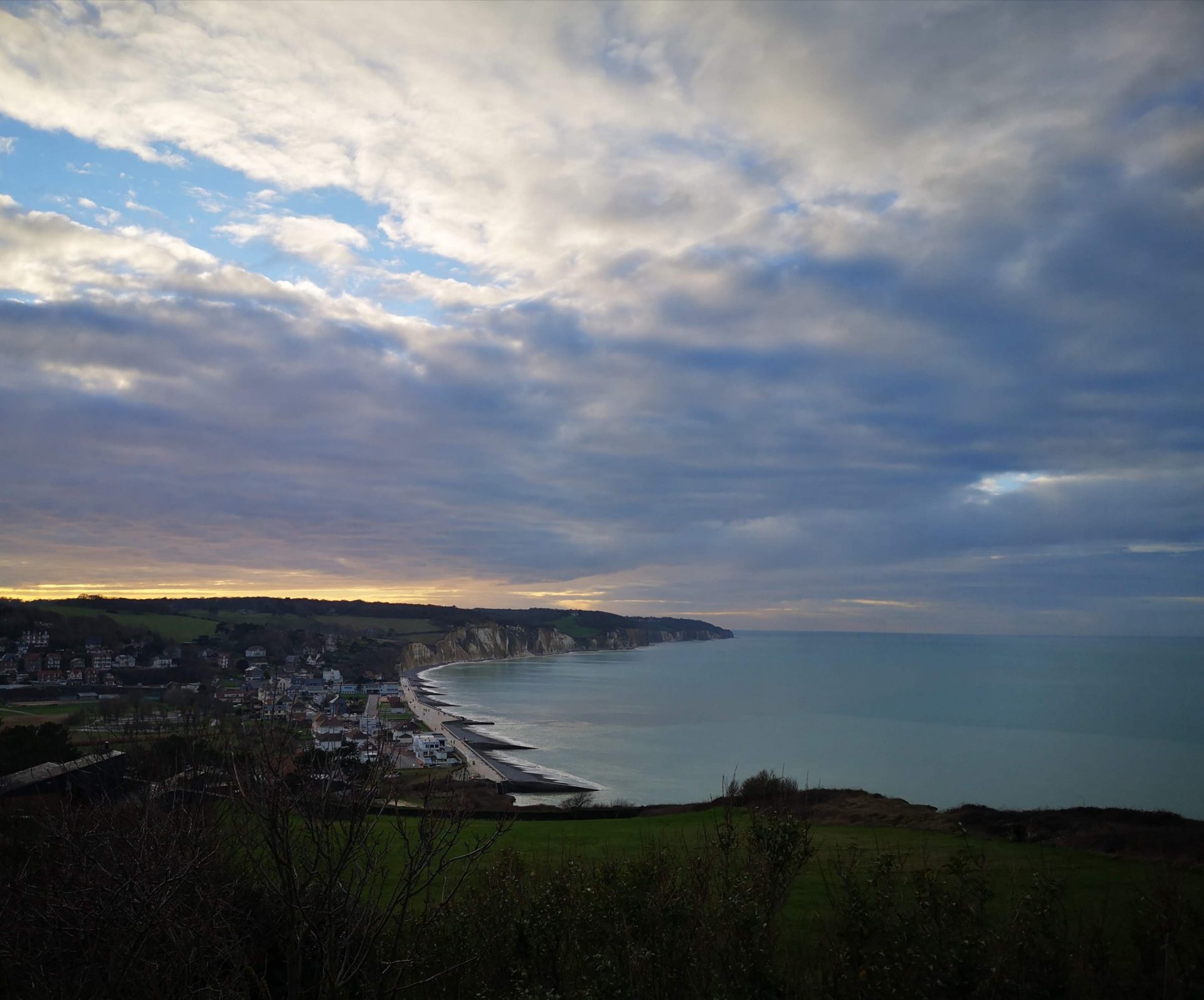
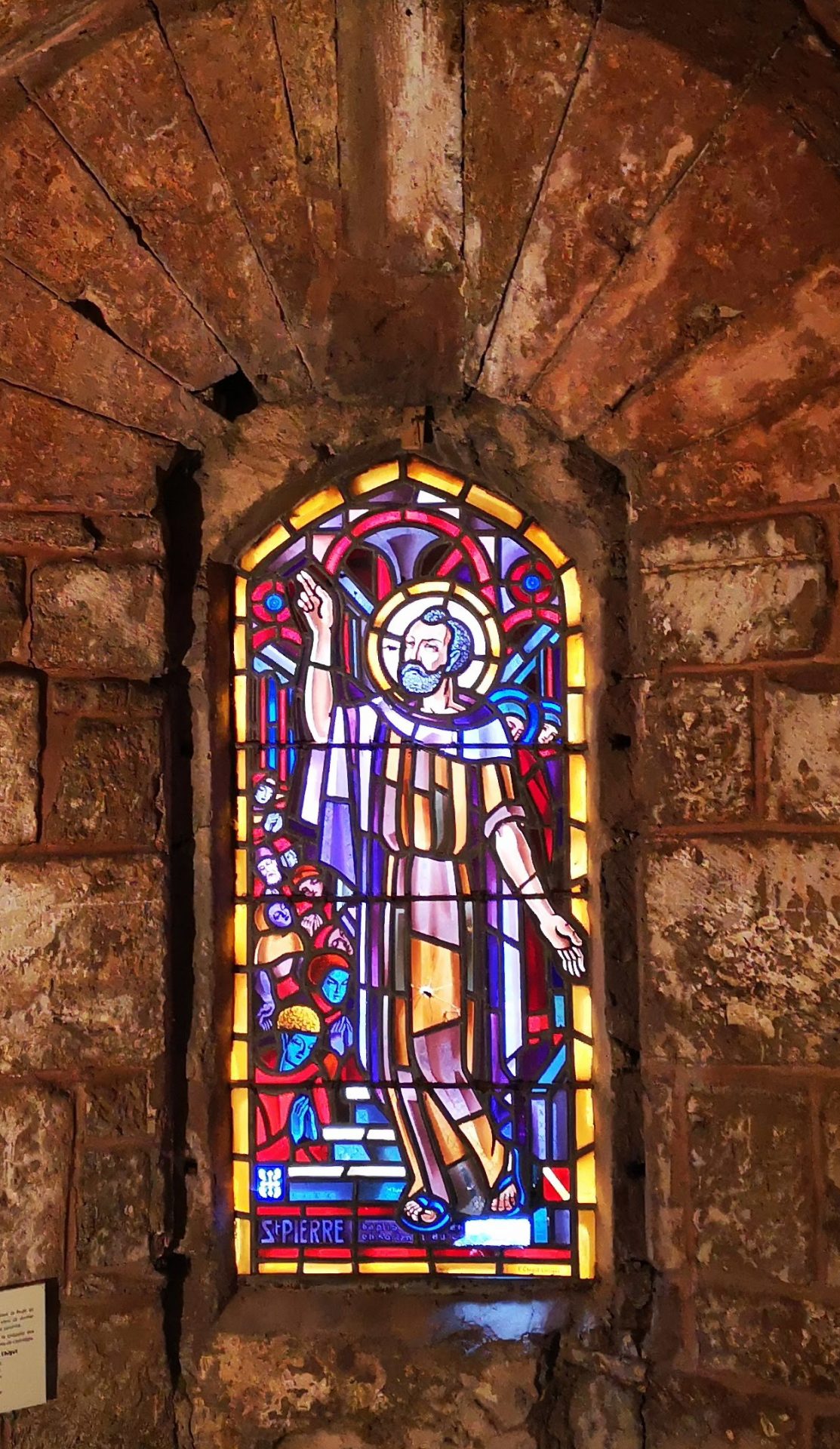
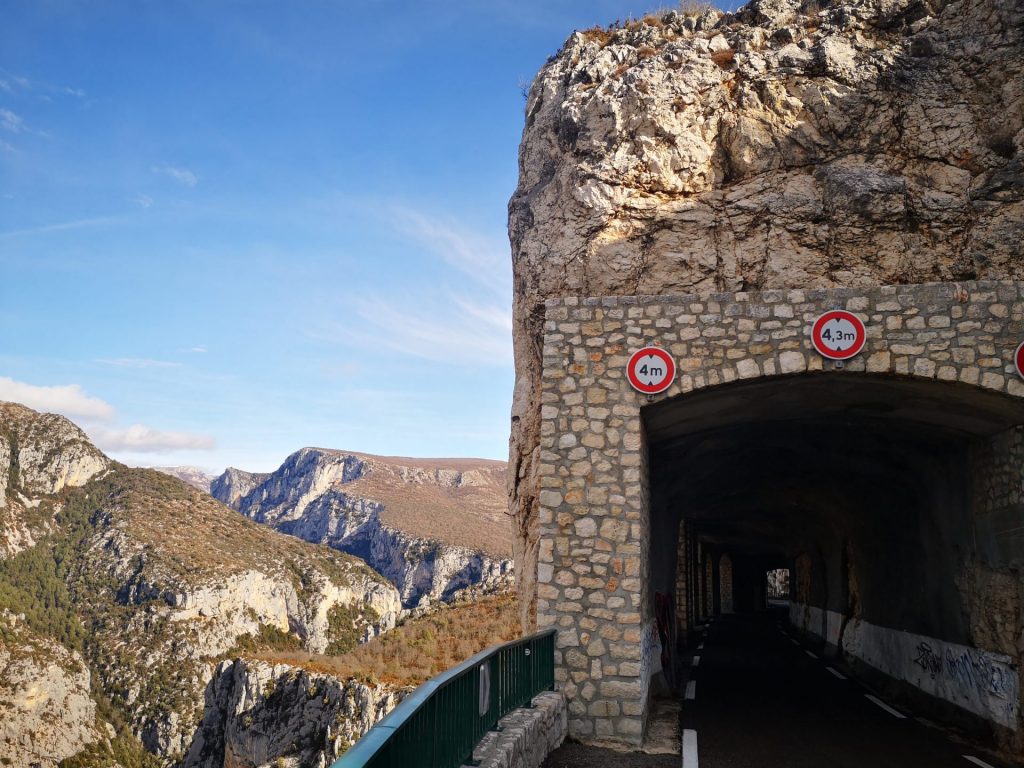


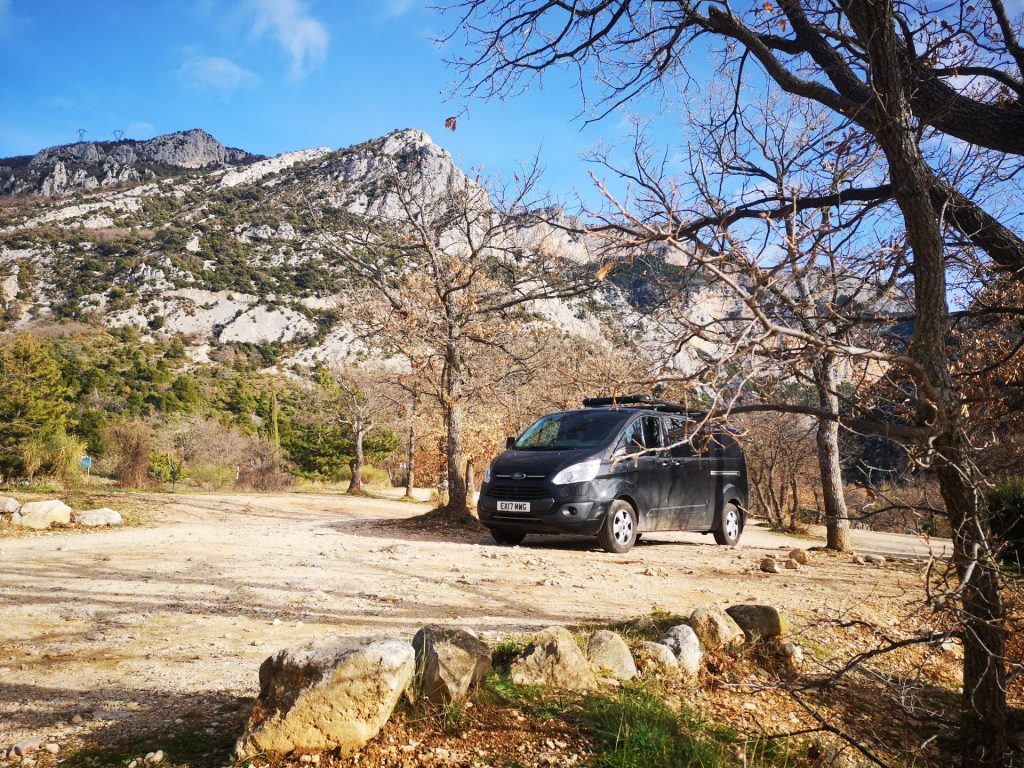
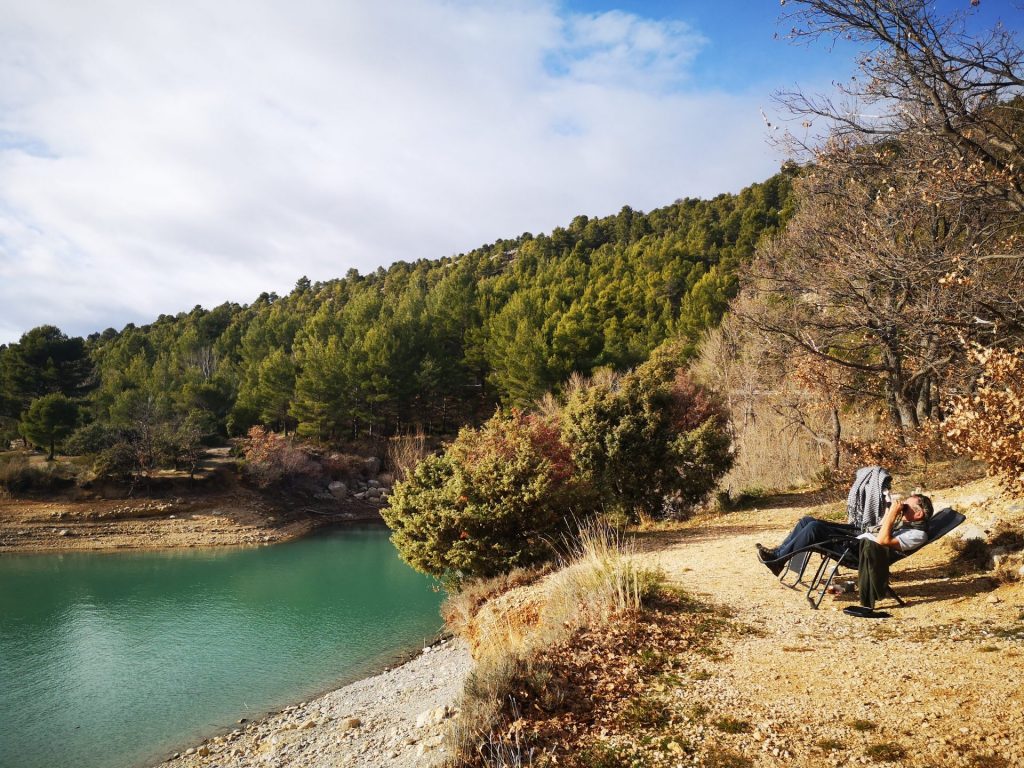

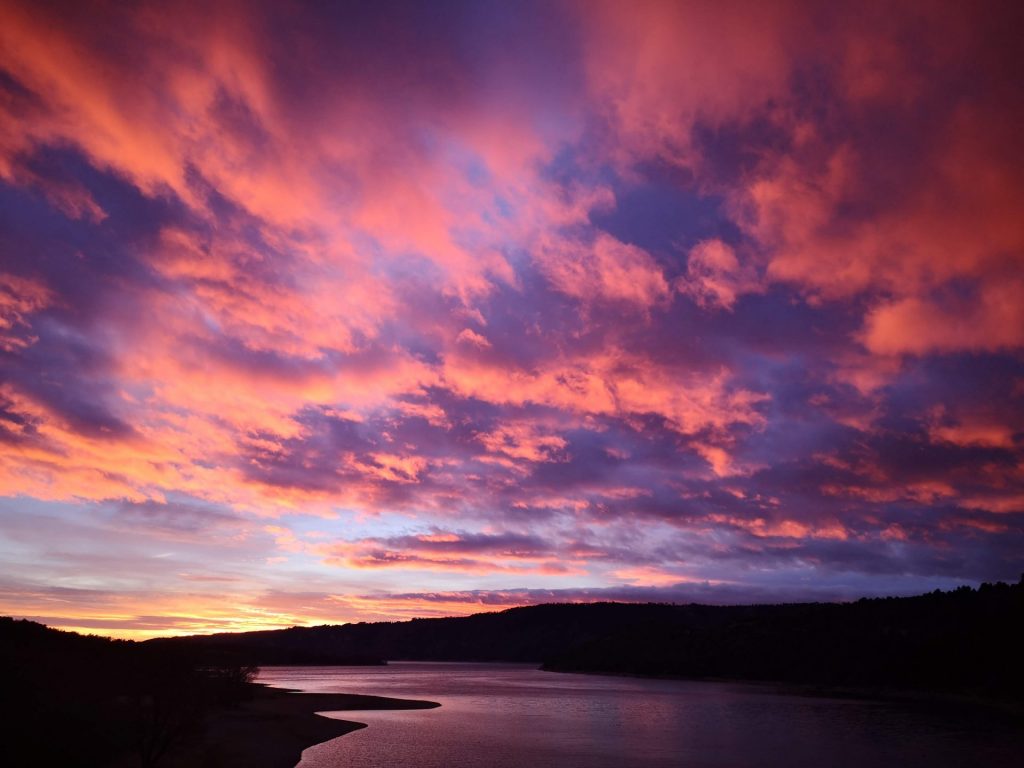

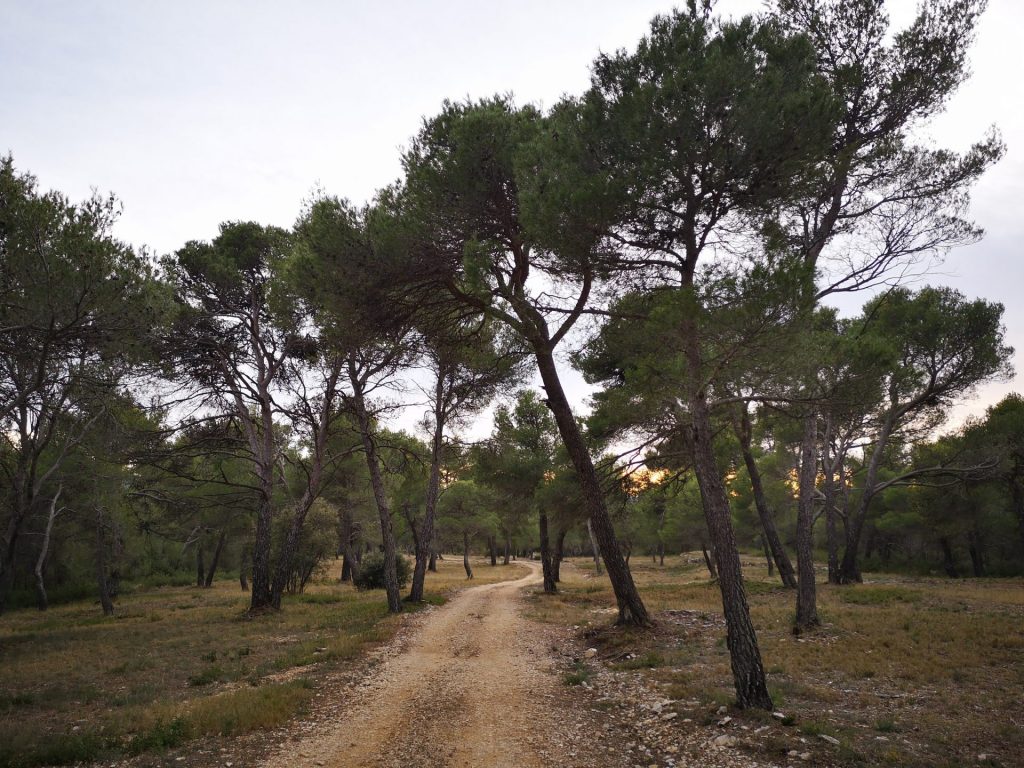
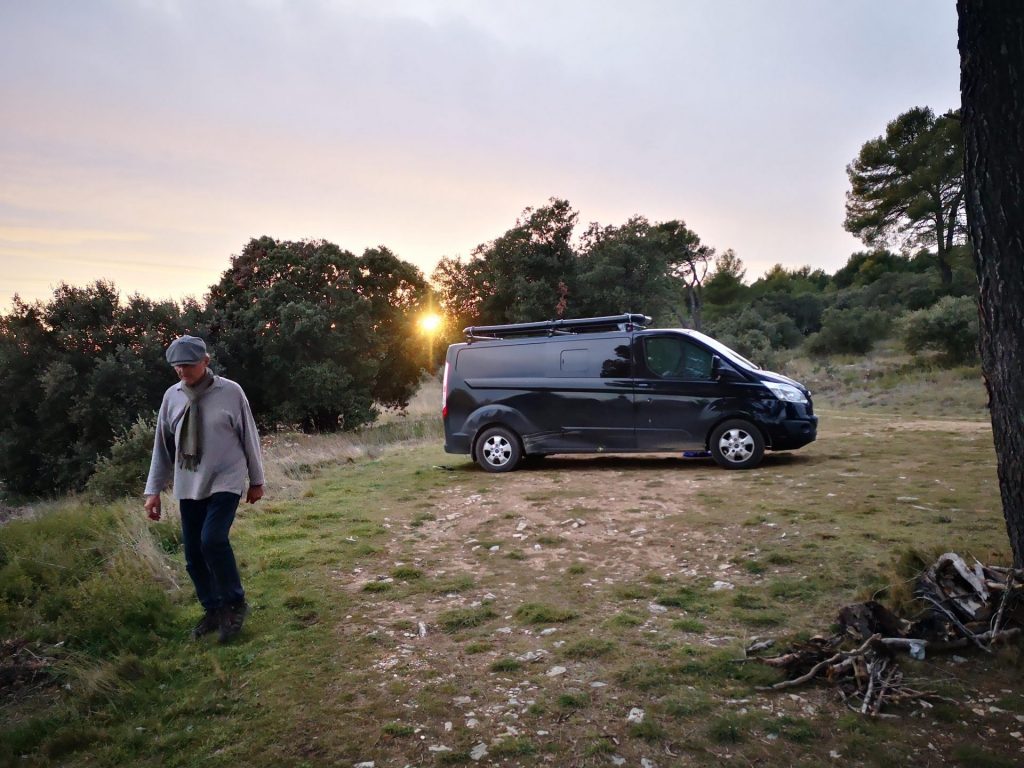



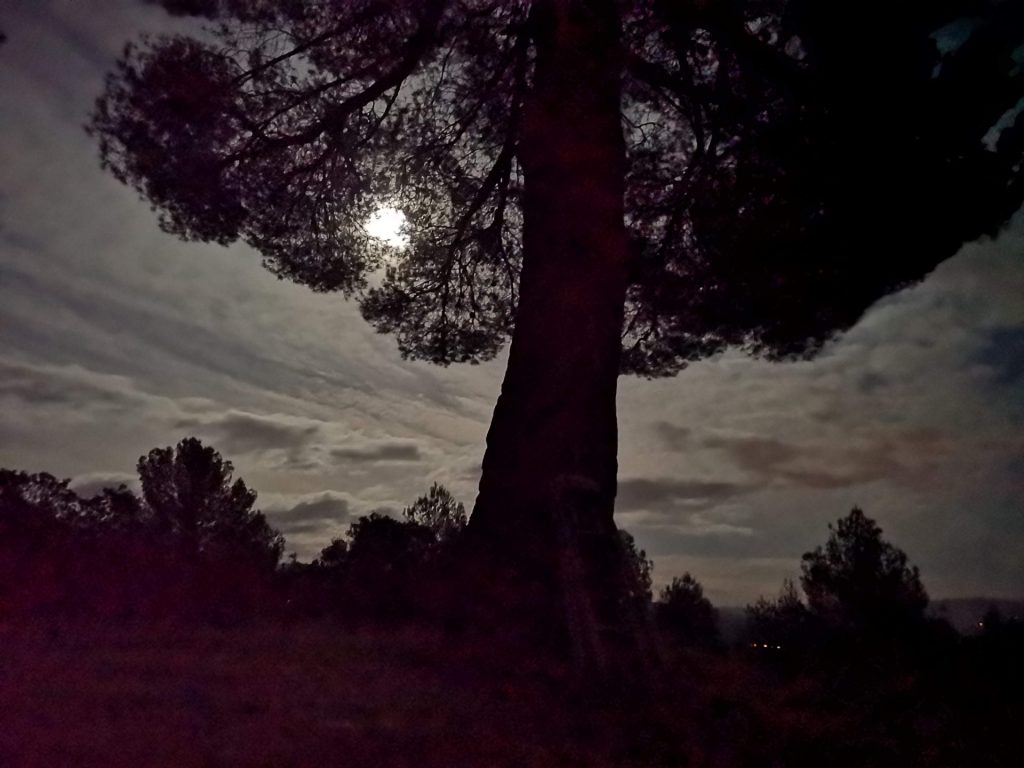
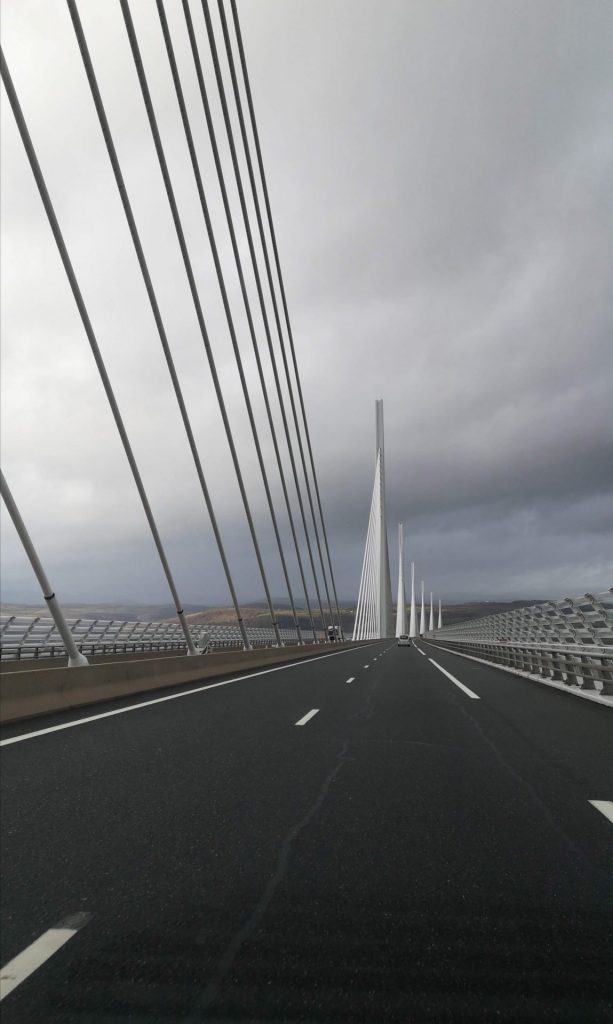


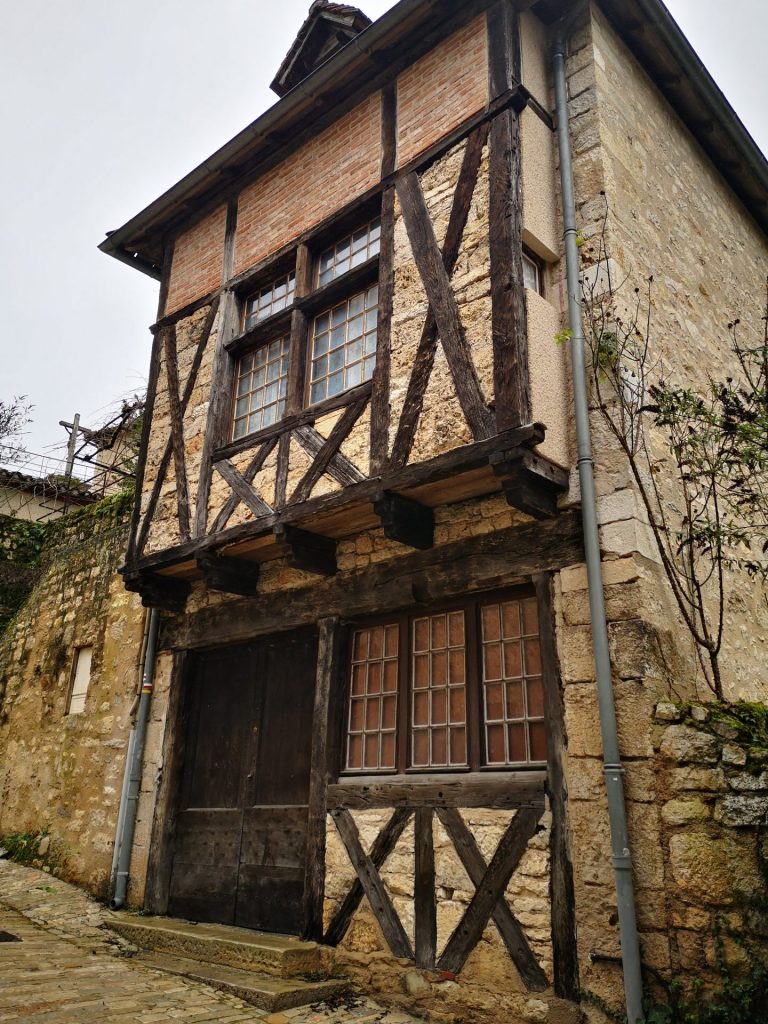
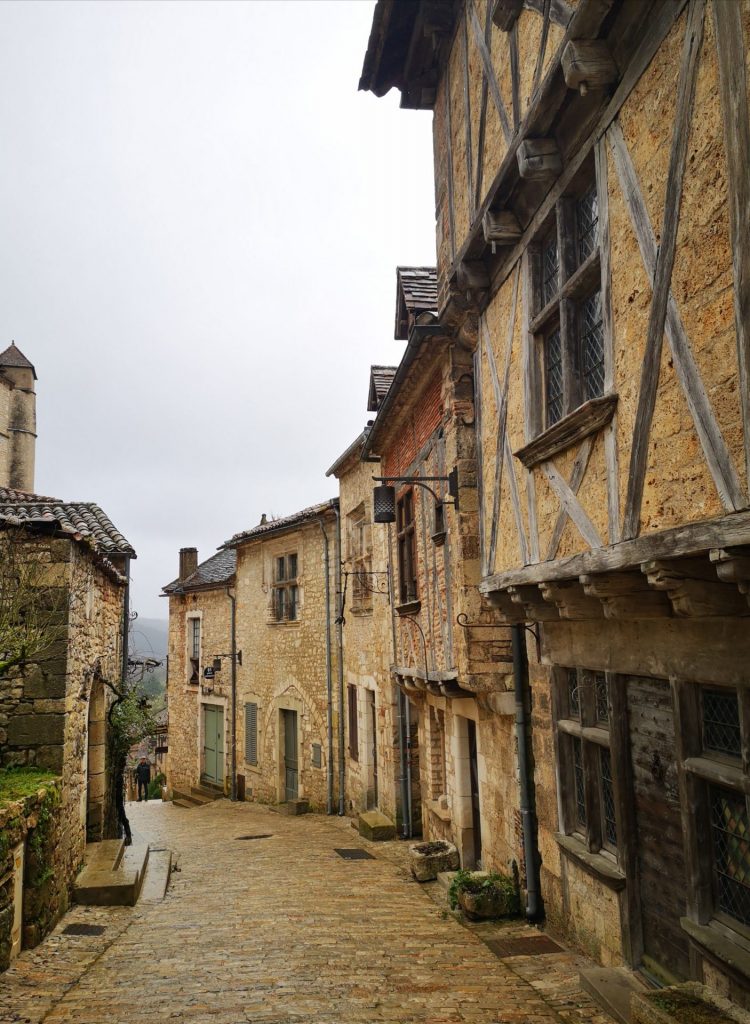





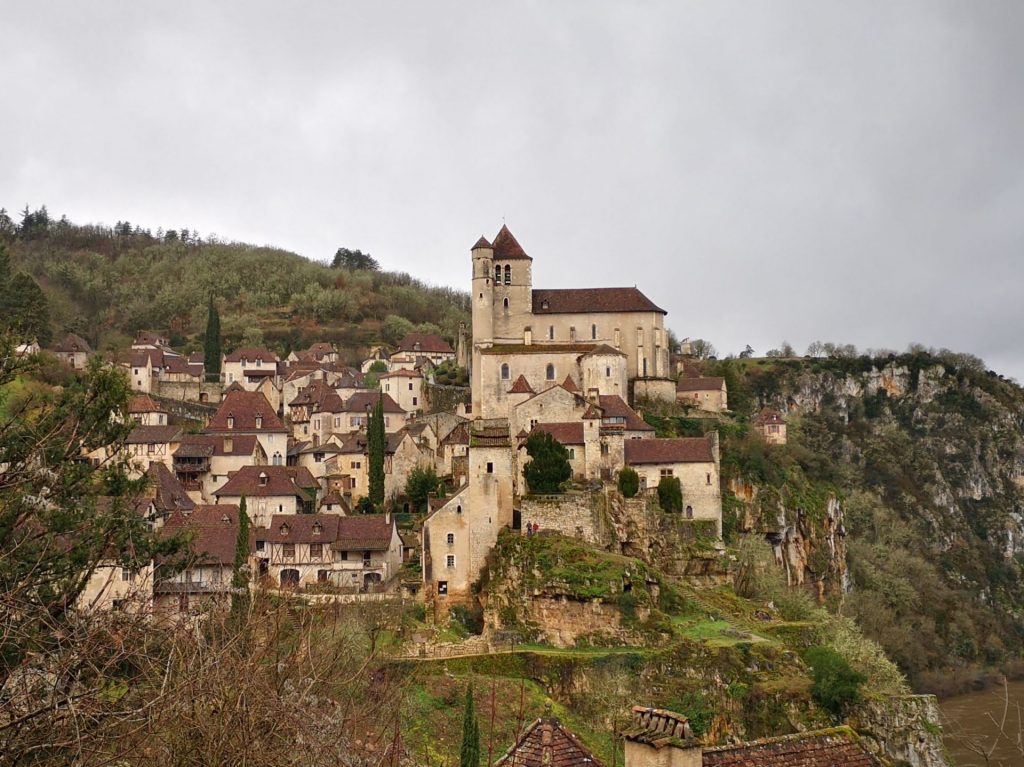
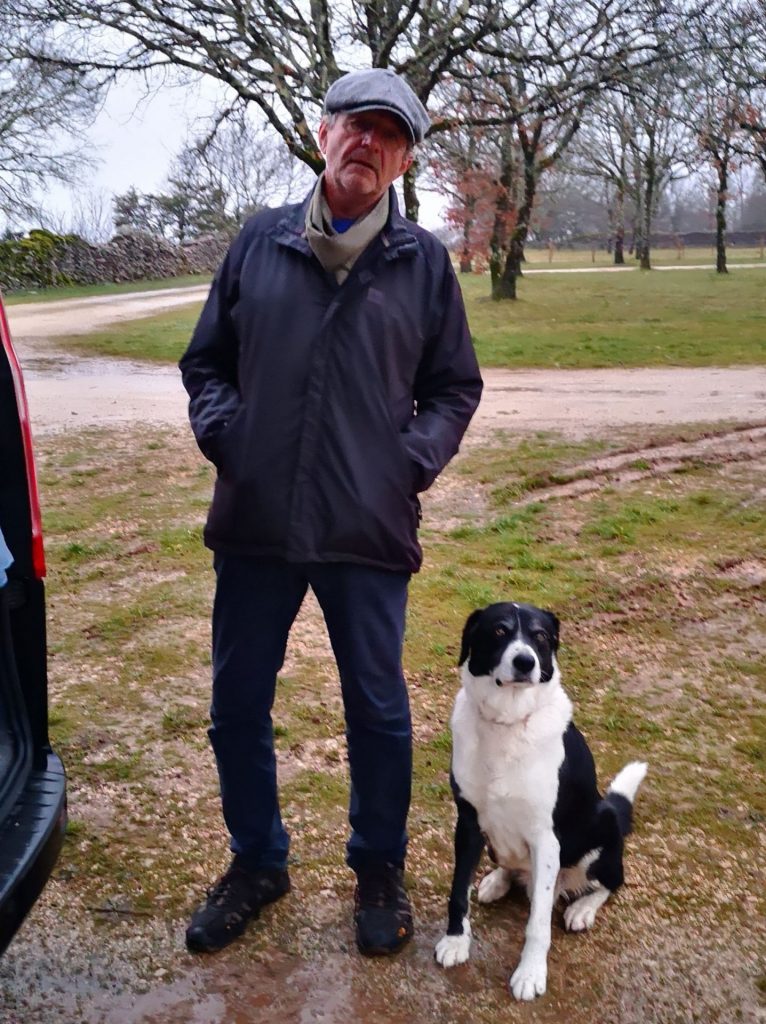

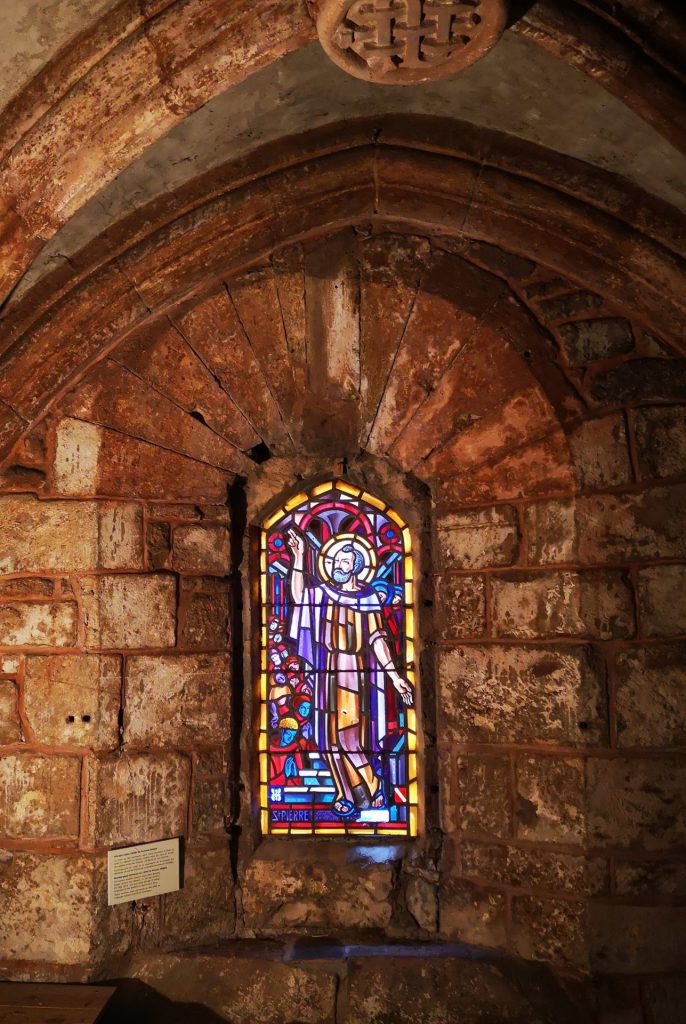




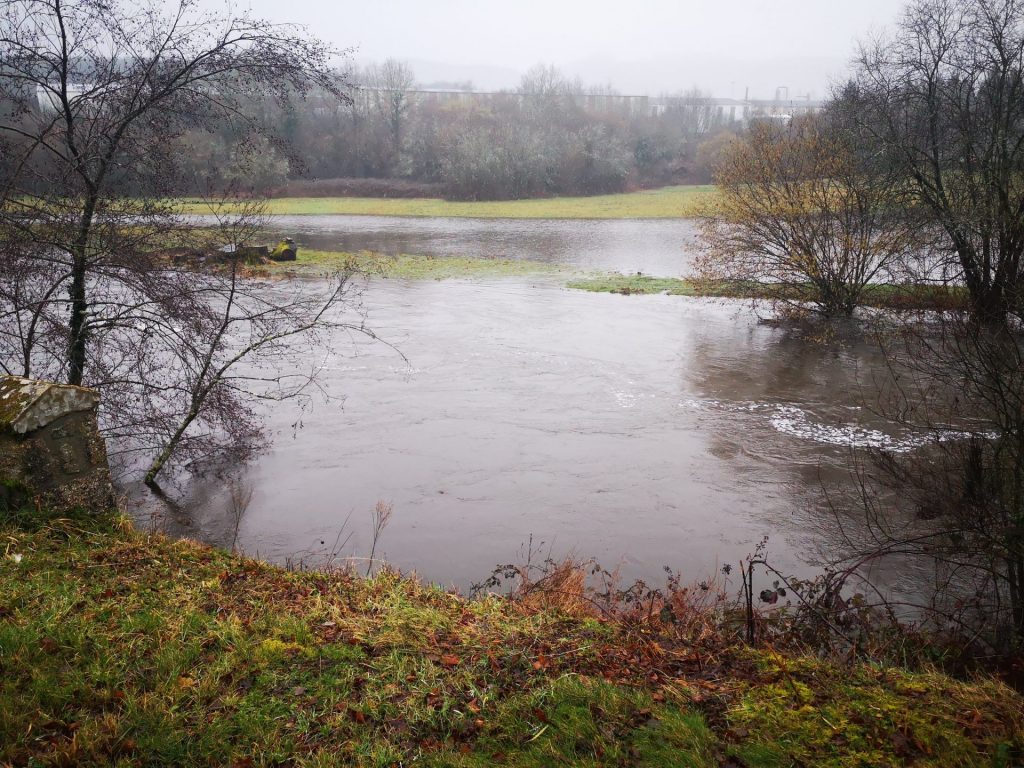
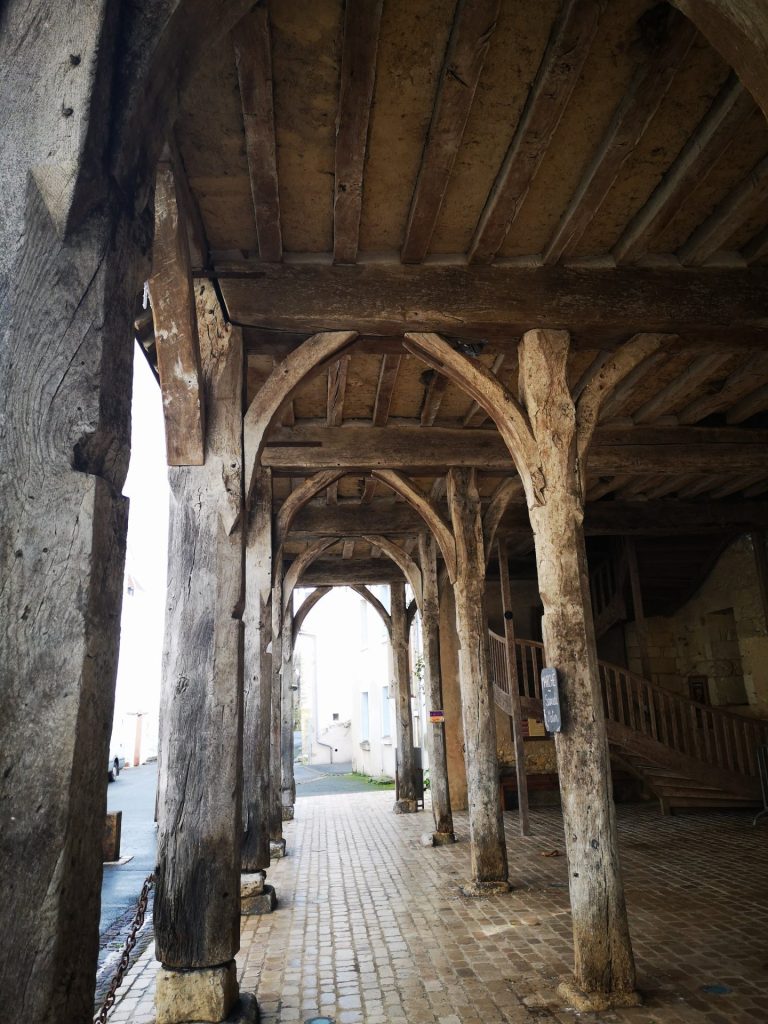

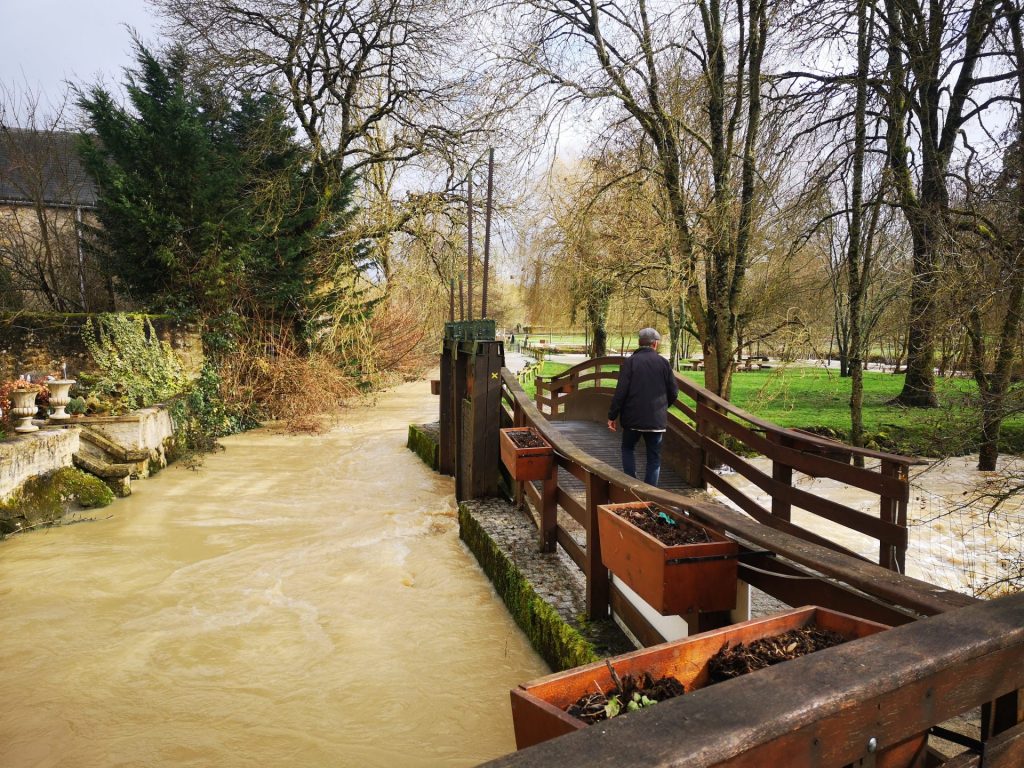
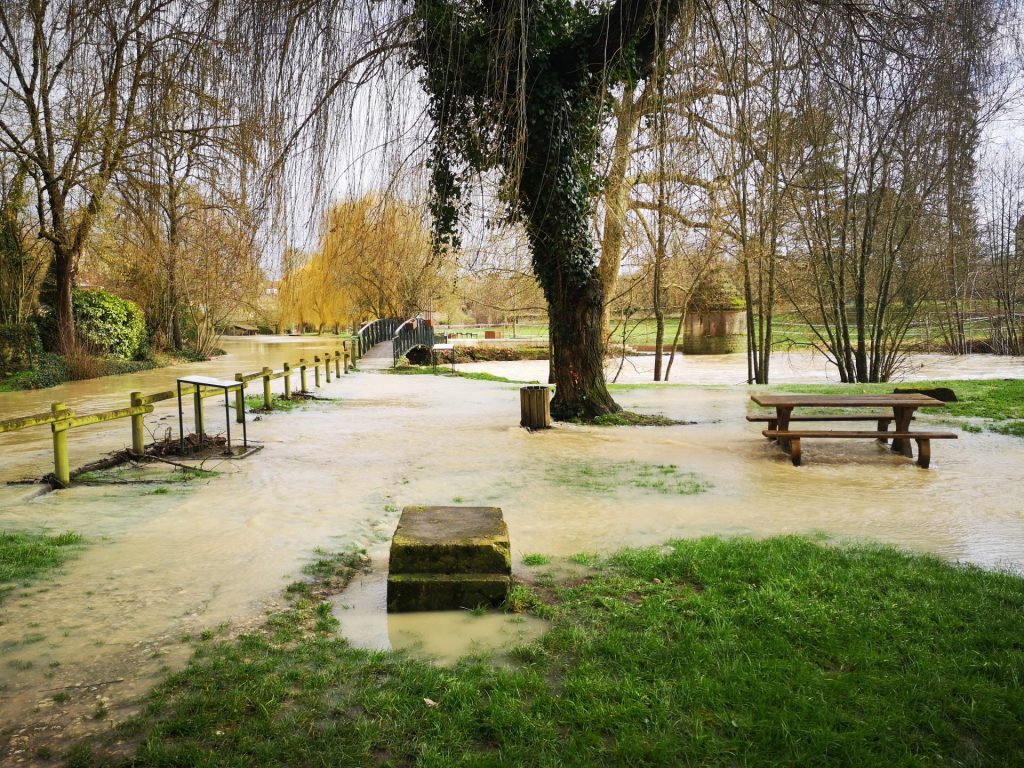
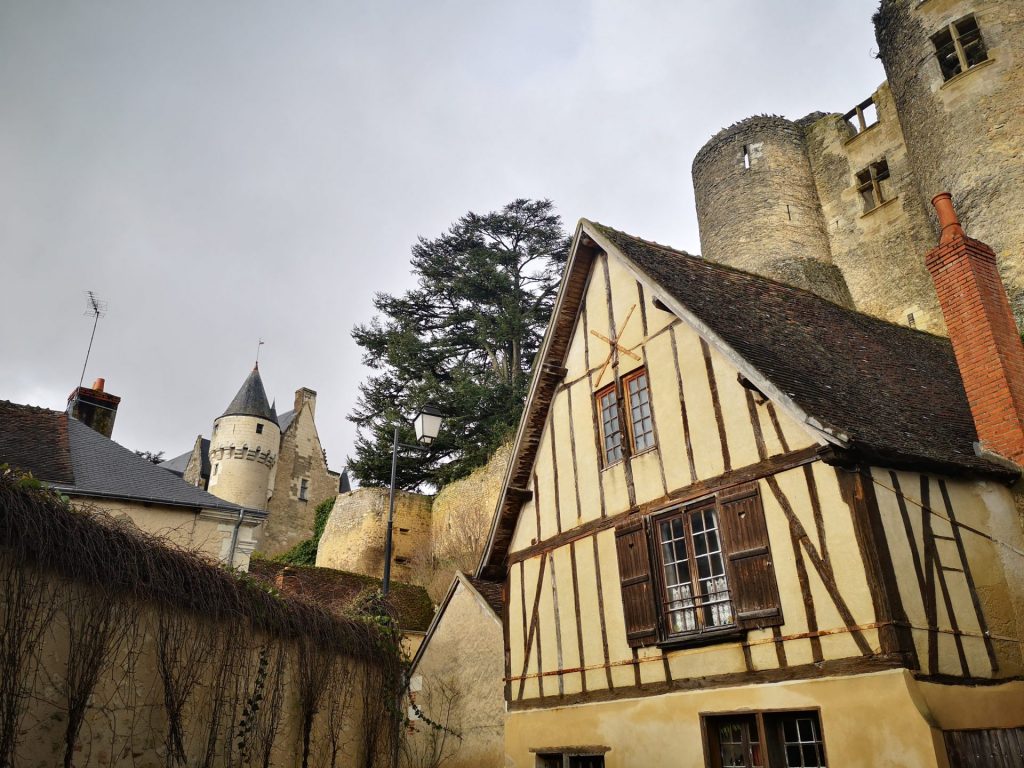
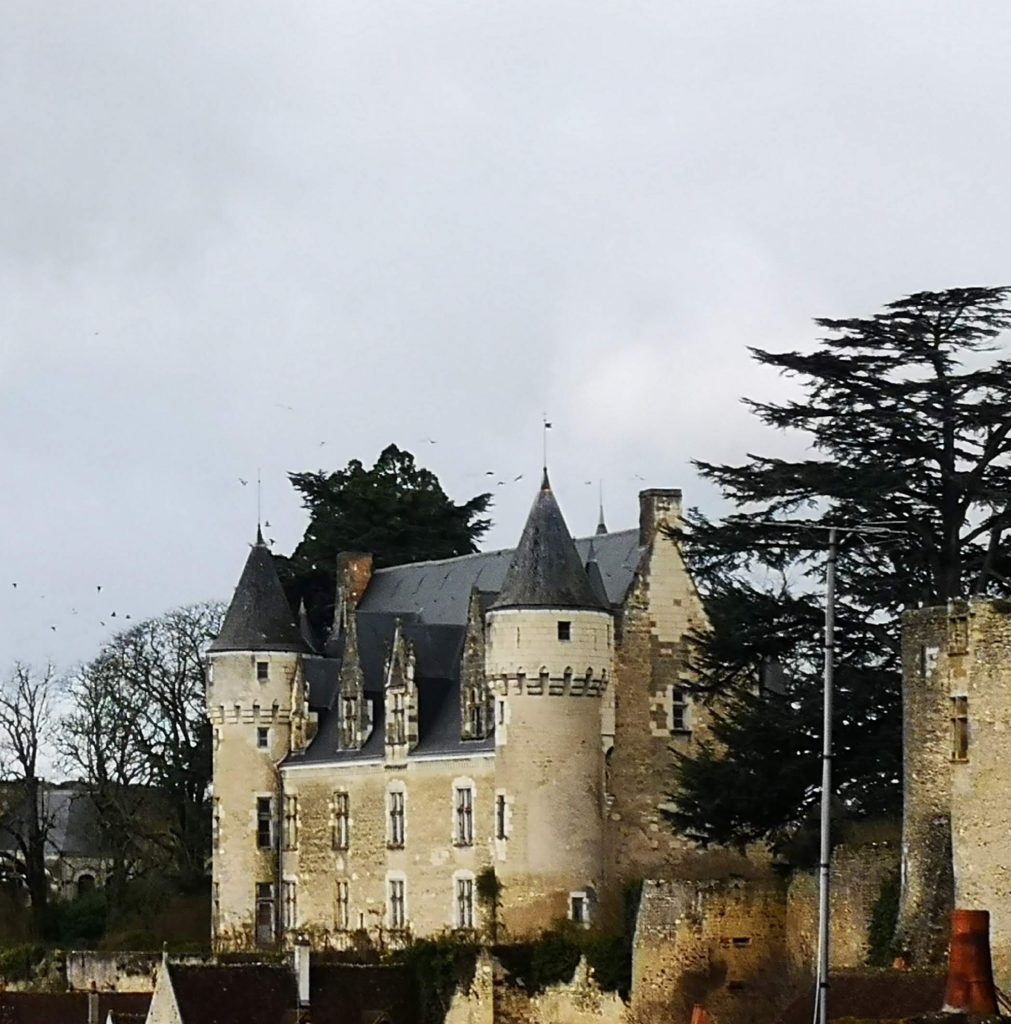
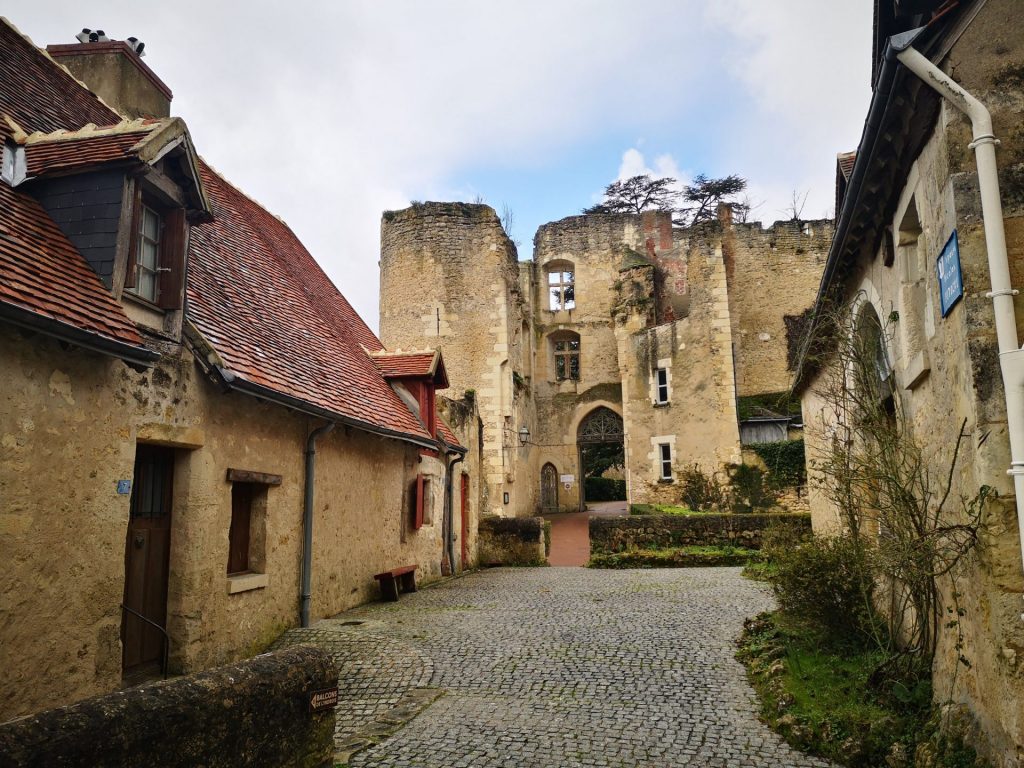
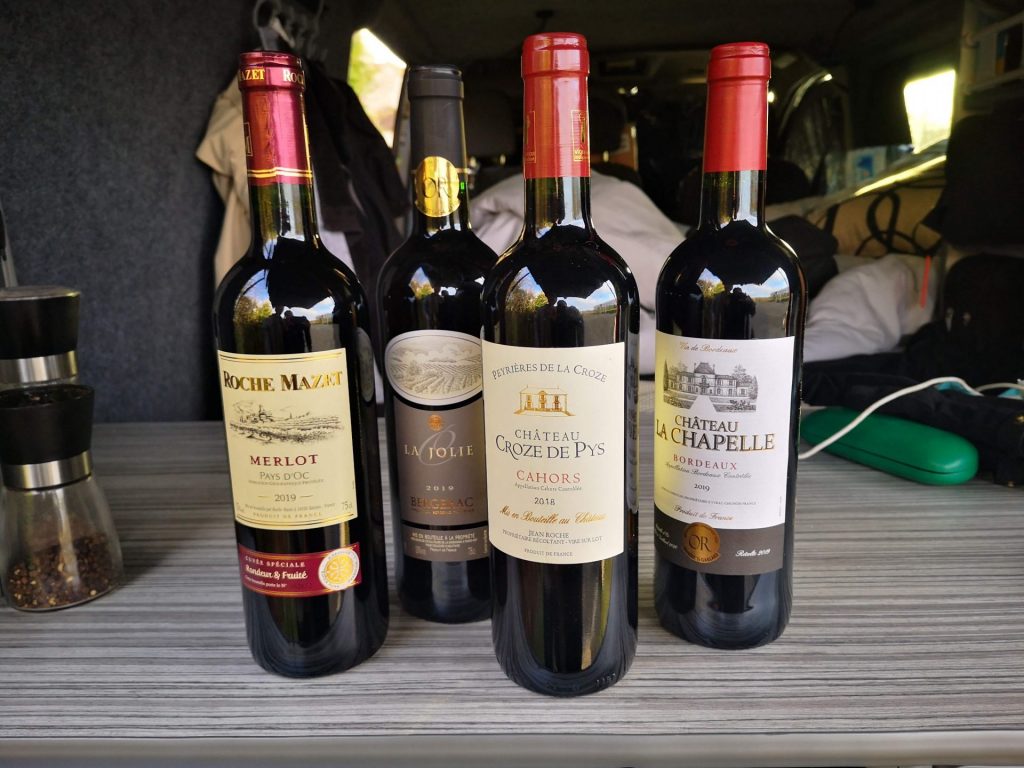

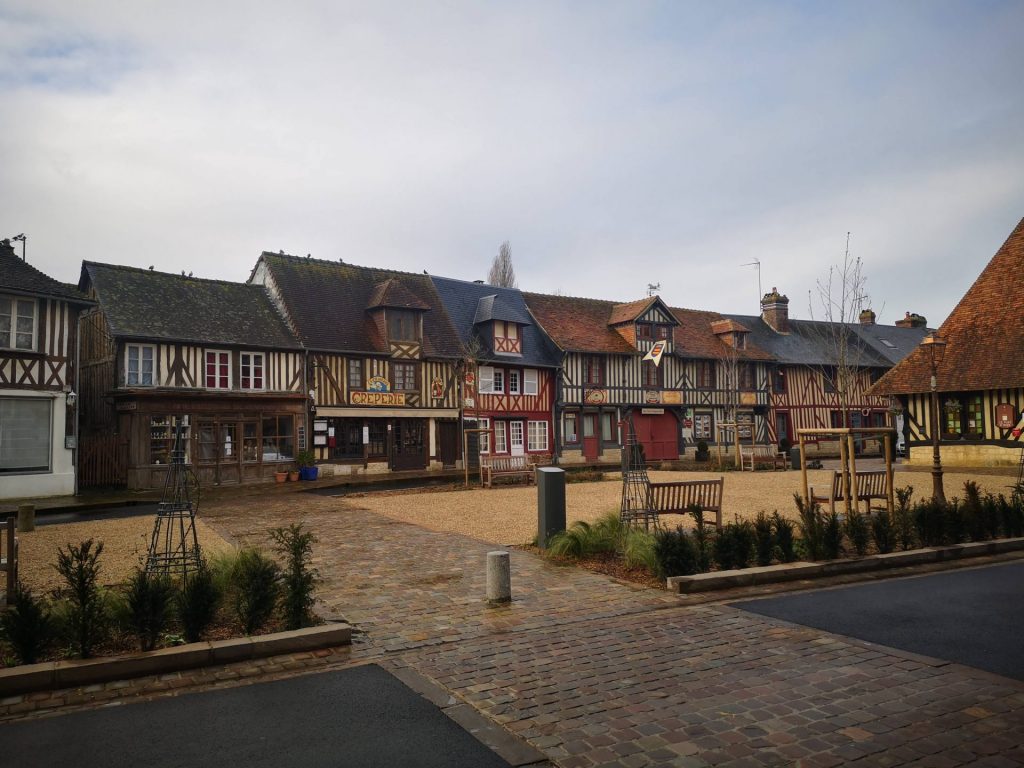
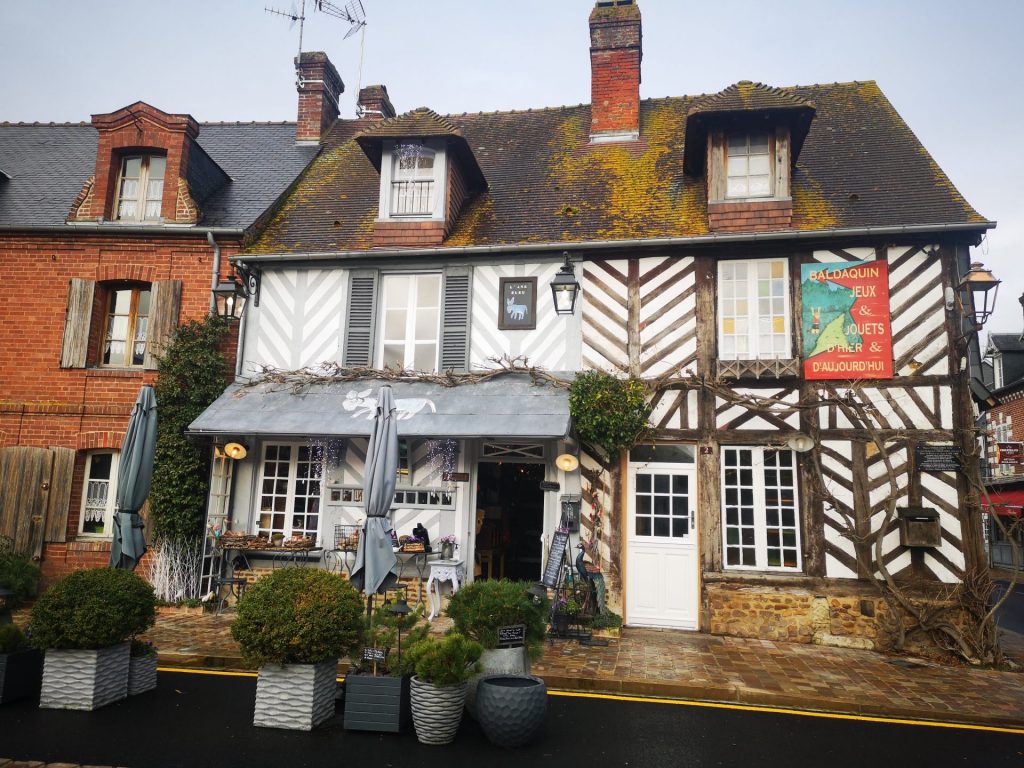

Well you had quite an eventful drive through France to get home.
Well done.
😀👍👏
excellent post
Armand – Matthew R here. Fascinating story – would love to catch up one day when in the same place.
Great content! Keep up the good work!